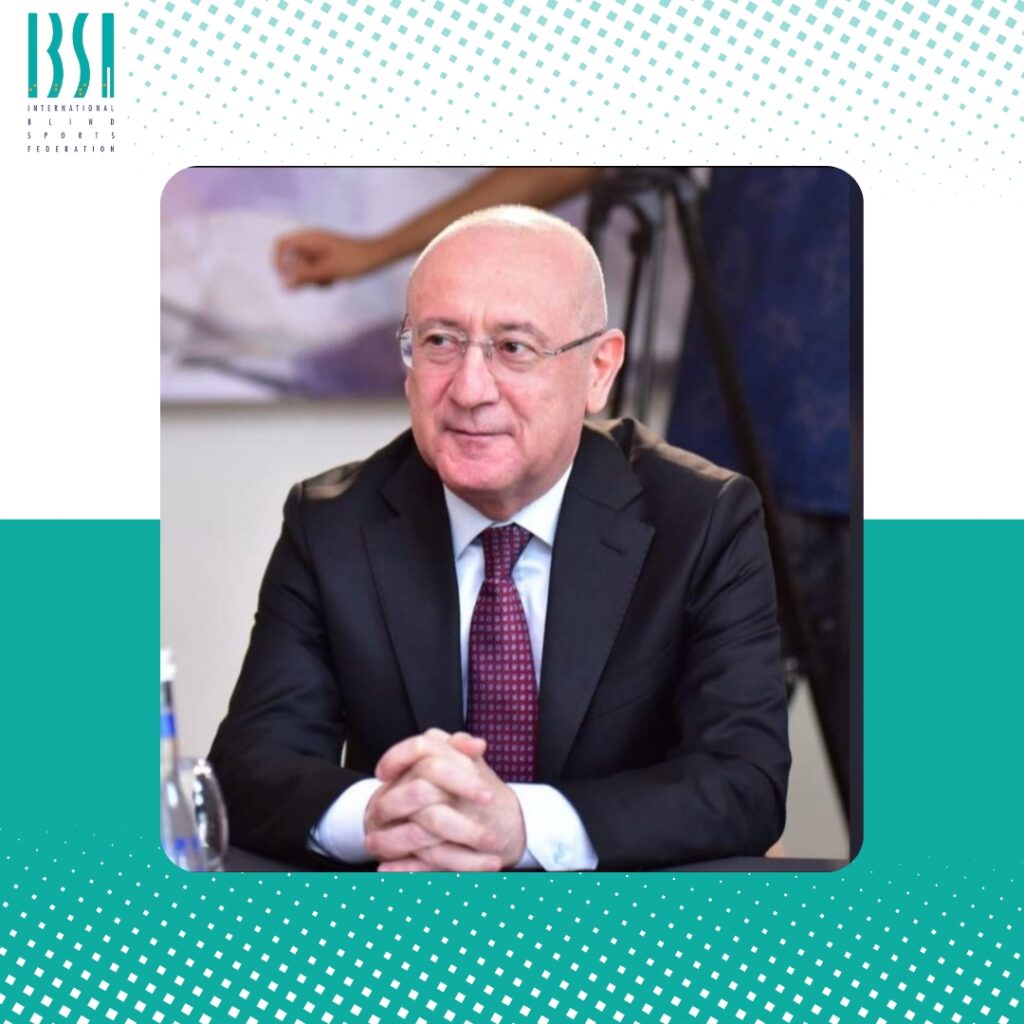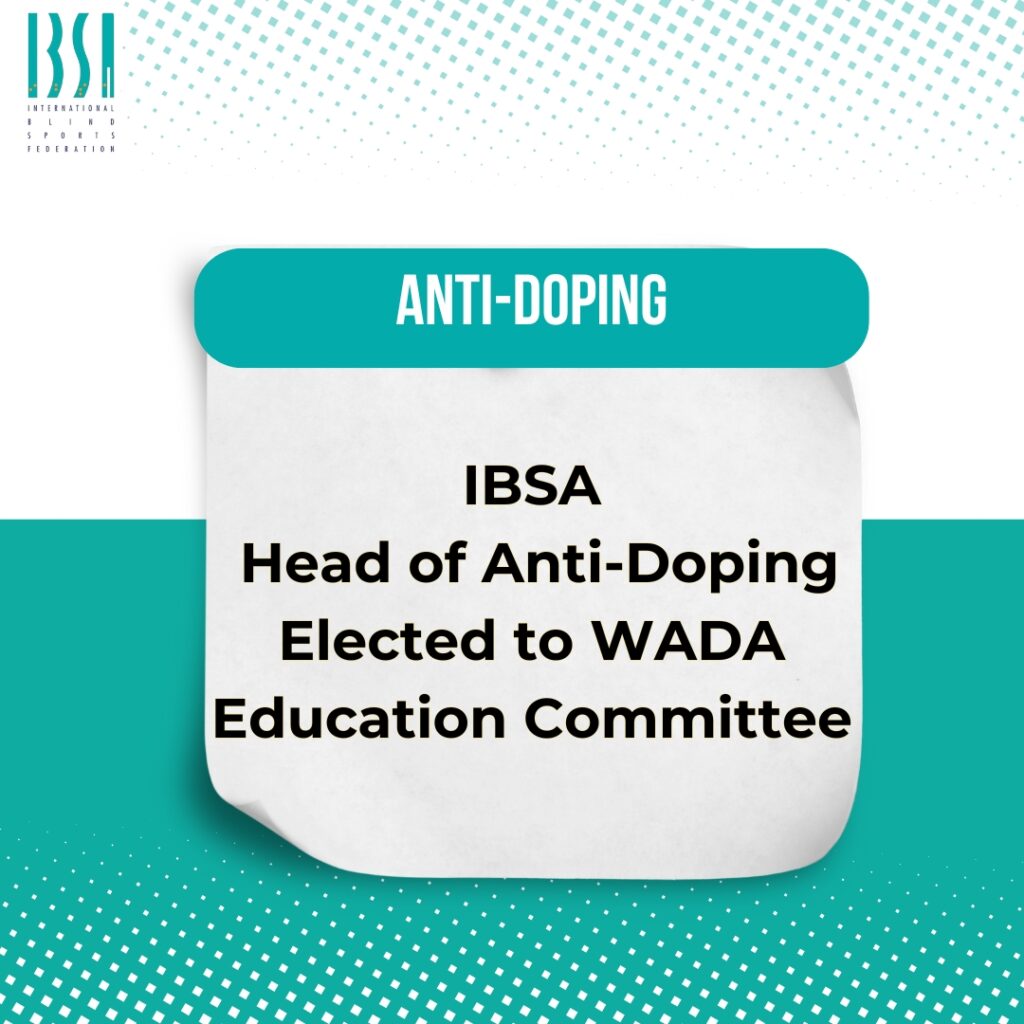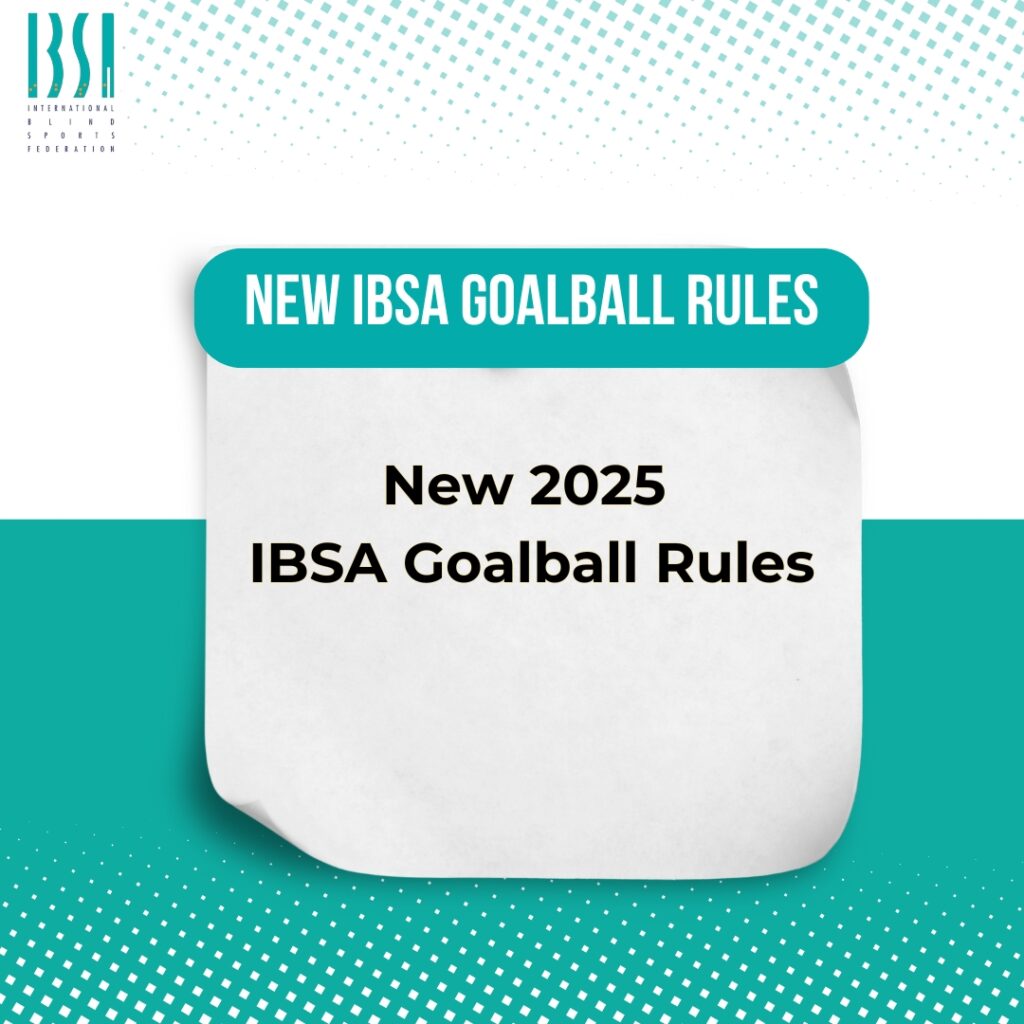News
Classification Review – IBSA Newsletter January 2014
Date: January 6, 2014
Category:
Already since 2011, IBSA has been concentrating the efforts on the following issues:
- Classification structure
- Classification Rules review
- Classifier training & recruitment
- Classification Master-List
- Classification database
- Provision of classifiers for IBSA and IPC competitions
- Sport-Specific Classification
In this article we would like to give you a summary of progress:
Classification Master-List
From a position where virtually no reliable data existed – as of today, reliable classification data and medical diagnostics relating to more than 1,200 athletes has been captured on the IBSA Classification Master-List.
IBSA Classification Rules & Procedures
The IBSA Classification Rules have been reviewed and completely overhauled. Further fine-tuning took place following lessons learned during classification at various tournaments, and to reflect the considered views of the VI International Classifiers who had graduated from a specially designed re-certification course in Bonn (more on this later).
Change in methodology
As a consequence of several “experts meetings” in Bonn, it was decided to alter the method of measurement used to evaluate visual acuity. The practical effect of changing to the new system of measurement (BVRT and LogMAR Chart) is greater consistency and accuracy.
It is important to state that the eligibility criteria have not changed – but the method of assessment has changed; which means that once an athlete falls into the categories of B1, B2 or B3, they are entitled to compete at IPC or IBSA competitions.
Another important change that has taken place is the requirement for VI Classifiers to work in Panels of at least two classifiers. The advantages are obvious in that the assessment results are shared and analysed by the members of each panel before reaching a joint conclusion. A Classification Model has now evolved, which can be applied in every venue, in any part of the world.
VI Classifier Pathway
We are developing a system where existing VI Classifiers are being re-educated to the highest standards – and where prospective VI Classifiers are recruited and trained in the same manner. Out of more than 50 active VI Classifiers, 43 have graduated as VI International Classifiers, some of whom act as “educators” for new recruits, passing on their knowledge, gained over many years.
More training courses are planned for the future. By the end of 2014, we can expect to have a bank of more than 60 VI International Classifiers available for either IBSA or IPC competitions. From 2013, only those who have graduated from the IPC Academy VI Classification Course will be entitled to act as VI International Classifiers at IBSA or IPC competitions.
Due to proper planning, a method of assessment that is uniformly applied, and availability of the appropriate resources – both in terms of VI Classifiers and Equipment – the classification process has become a far less stressful experience – for both athlete and classifier alike.
We are extremely encouraged by the reaction from IBSA sports to the new system of classification.
Sport-specific Classification
VA (Visual Acuity) and VF (Visual Field) classification procedures will always remain an important element in the classification process. However, post-Rio 2016, the sport-specific approach will be the leading element in the classification process.
Although IBSA has received a derogation from IPC until 2020, this implies that a working model for sport-specific classification must have been “road-tested” and fine-tuned in order to be applied during Paralympic Games 2020.
Many challenges still remain, as regards the IBSA “medical model” which assesses sight classification alone. However, post-London, we have been turning the spotlight towards sport-specific (functional) classification.
In February 2013, IPC Governing Board approved the concept of Paralympic Classification Research & Development Centres, in order to follow a more strategic and long-term agenda on classification research. The emphasis is on centralising classification expertise by impairment group around one “reference” centre which, in turn, will liaise with respective scientific (university) and sport networks. Agreement has been reached the Free University of Amsterdam (principal agents Dr. David Mann and Dr. Gert Savelbergh, Department Unit “Sport & Vision”).
The IPC will fund each centre with a post-doctoral research mandate for an initial period of 3 years, with some project funding to facilitate meetings and/or data collection. IPC has invited IBSA to collaborate as partners on the project, focusing on research for the purpose of devising a VI Sports Specific Classification system which is in compliance with the IPC Classification Code. The financial consequence for IBSA over the next 3 years is considerable; however, the Executive Board was unanimous in its view that IBSA must be fully involved in this hugely important project which will have a significant impact on the way in which blind and partially athletes are classified in the future.
Some of the groundwork has already commenced:
- Athletics and Swimming have been chosen as the two sports for immediate attention
- Concentration will then be focused on the IBSA Paralympic sport of Judo
- Some sports have already produced some basic research data for their sports
- Sports Chairs will be encouraged to nominate representatives who will focus on developing a sport-specific classification system for their sport
A working group, containing both sports experts and low vision experts will be formed during 2014. This will be an important step on a long road to defining the nature and extent of sport-specific classification of blind sports.
It must be followed, in time, by research and evidence-gathering in order to build a case for devising a comprehensive sport-specific classification system in time for Paralympic Games 2020.





